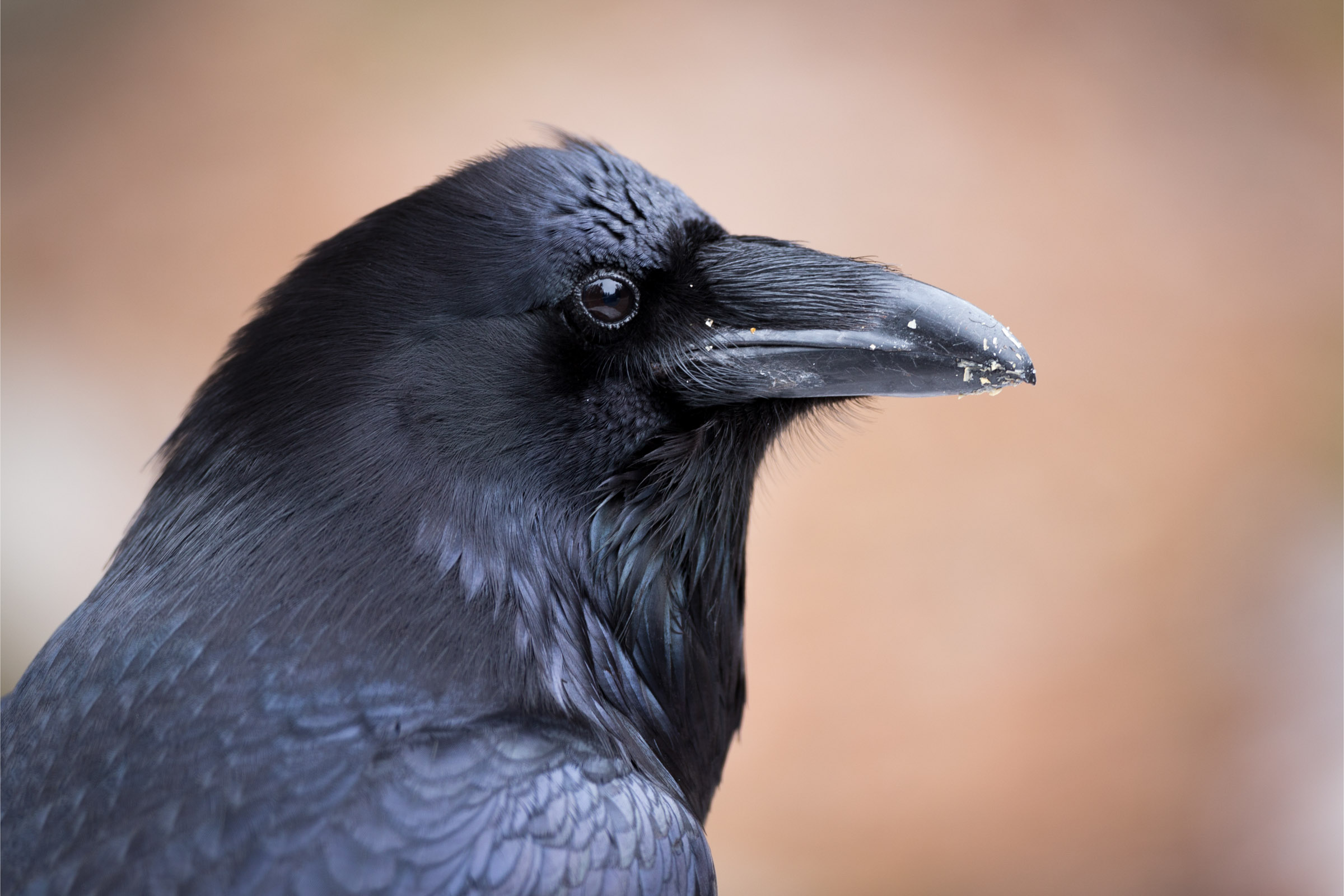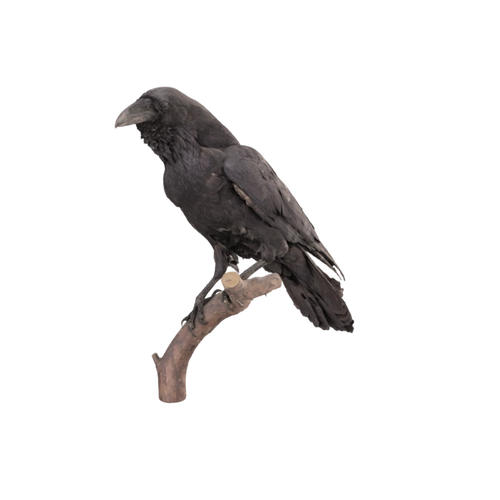Are you considering purchasing a common raven for sale? The common raven is not only an intelligent bird but also a fascinating creature that has captured the imagination of humans for centuries. However, before diving into the world of acquiring a common raven, there are several critical factors to consider. This guide will help you navigate through the complexities of buying a common raven responsibly and legally.
The common raven (Corvus corax) is a highly intelligent bird, often regarded as one of the smartest animals in the world. Known for its problem-solving abilities and adaptability, the raven has been a symbol of mystery and wisdom in many cultures. But owning a common raven is not just about having a pet; it requires a deep understanding of the bird's needs and legal regulations.
This article aims to provide you with all the essential information about purchasing a common raven, including its legal status, care requirements, and ethical considerations. Whether you're a seasoned bird enthusiast or a curious newcomer, this guide will equip you with the knowledge to make an informed decision.
Read also:Naama Nativ The Rising Star In The Film Industry
Table of Contents
- Introduction
- Biology of the Common Raven
- Legal Status and Regulations
- Ethical Considerations
- Care Requirements
- Costs Involved in Owning a Common Raven
- Finding a Reputable Seller
- Training and Socialization
- Healthcare and Common Health Issues
- Alternatives to Owning a Common Raven
- Conclusion
Biology of the Common Raven
The common raven is a large, all-black bird that belongs to the Corvidae family. It is found across the Northern Hemisphere and is known for its impressive intelligence and adaptability. Here are some key biological facts about the common raven:
Physical Characteristics
Common ravens are easily recognizable by their glossy black plumage, large size, and wedge-shaped tail. They typically weigh between 1.2 and 3.6 pounds and have a wingspan of about 3.5 to 4.5 feet. Their strong beaks are well-suited for breaking open hard objects like nuts and bones.
Behavioral Traits
- Highly intelligent, capable of problem-solving and tool use
- Known for their playful behavior, including sliding down snow-covered slopes
- Strong social bonds with mates and family members
Legal Status and Regulations
Before purchasing a common raven, it's crucial to understand the legal implications. In many countries, including the United States, common ravens are protected under wildlife laws. For example, in the U.S., the Migratory Bird Treaty Act makes it illegal to capture, kill, or sell common ravens without a special permit.
International Regulations
Internationally, the Convention on International Trade in Endangered Species (CITES) regulates the trade of wildlife, including common ravens. It is important to ensure that any common raven for sale comes from a legal and ethical source.
Ethical Considerations
Owning a common raven raises several ethical questions. These birds are wild animals with complex social and environmental needs. Capturing and keeping them as pets can lead to stress and behavioral issues. Here are some ethical considerations:
- Respect for the bird's natural habitat and behavior
- Ensuring the bird's welfare and quality of life
- Supporting conservation efforts instead of contributing to the pet trade
Care Requirements
Common ravens require specialized care to thrive in captivity. Here are some essential care requirements:
Read also:Best Remoteiot Device Control Ultimate Guide To Managing Iot Devices From Anywhere
Housing
Providing adequate housing is critical. Ravens need large enclosures with plenty of space to fly and exercise. The enclosure should also include perches, toys, and enrichment activities to stimulate their minds.
Diet
A balanced diet is crucial for maintaining the health of a common raven. Their diet should consist of a variety of foods, including:
- Meat (chicken, beef, or fish)
- Fruits and vegetables
- Nuts and seeds
Costs Involved in Owning a Common Raven
Owning a common raven can be expensive. Here are some of the costs you should consider:
- Initial purchase price or adoption fees
- Enclosure setup and maintenance
- Food and dietary supplements
- Veterinary care and vaccinations
Finding a Reputable Seller
When looking for a common raven for sale, it's important to find a reputable seller or breeder. Here are some tips:
- Research breeders and sellers thoroughly
- Ask for documentation proving the bird's legal status
- Visit the seller's facility to assess the bird's living conditions
Training and Socialization
Training and socialization are essential for a common raven's well-being. Here are some training tips:
Positive Reinforcement
Use positive reinforcement techniques to encourage desired behaviors. Reward the bird with treats or praise when it performs well.
Social Interaction
Ravens are social animals that thrive on interaction. Spend time with your raven daily to build a strong bond and ensure its mental health.
Healthcare and Common Health Issues
Regular healthcare is vital for the longevity of a common raven. Here are some common health issues to watch out for:
- Feather plucking due to stress or boredom
- Parasitic infections
- Nutritional deficiencies
Veterinary Care
Find an avian veterinarian who specializes in caring for birds like ravens. Regular check-ups can help prevent and address health issues early.
Alternatives to Owning a Common Raven
If owning a common raven is not feasible, there are other ways to enjoy these magnificent birds:
- Visit wildlife sanctuaries or aviaries
- Participate in birdwatching activities
- Support conservation organizations working to protect ravens
Conclusion
Purchasing a common raven for sale is a significant decision that requires careful consideration of legal, ethical, and practical factors. While these birds are fascinating and intelligent, they are wild animals with complex needs that must be respected and met.
We encourage you to share your thoughts and experiences in the comments section below. If you found this article helpful, please consider sharing it with others who may be interested in learning more about common ravens. For further reading, explore our other articles on wildlife and pet care.
Data sources: National Geographic, IUCN Red List, U.S. Fish and Wildlife Service.

